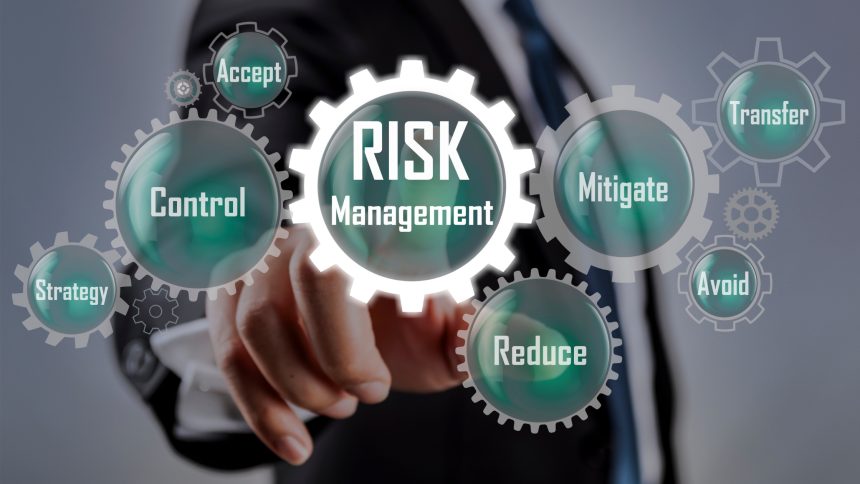When seeking financing for your business, it’s crucial to understand concentration risk. Concentration risk is the danger of relying on one segment for a large part of your revenue. Lenders are cautious about concentration risk. It increases the vulnerability of a business to adverse events. This would result in the business considered as a high risk for the lender.
In this article, we will explore concentration risk and its dangers for your business. You will also discover effective strategies to reduce those risks.
Understanding Concentration Risk
Concentration risk arises when a business depends on a single avenue for its revenue. This includes a single customer, supplier, or market segment. Having a stable relationship with a major client may seem helpful. But it can expose your business to various risks.
Lenders generally avoid concentration risk. This is because it amplifies the possibility of financial instability and default. For example, if your customer files bankruptcy and can’t pay you. This could have a severe impact on your business’s financial health. It will impact your ability to honour your financial commitments.
The same thing can happen if your business relies on a sole supplier. Disruptions in their operations or the supply chain can disrupt your business activities. This can result in potential losses for your business.
A good example of concentration risk happened during the Covid lockdown. When the country went into lockdown from April 2020, most businesses had to close doors. They were unable to generate income which resulted in many defaulted payments. As a result, the lenders had to change their policies to avoid the high risk. Businesses that had enough cash reserves to afford the loan were still declined. The reason was due to their customers and the industries they were in. For example, contractors working on projects at retail malls. The malls were closed which posed a great risk for the contractors getting paid. This ended up being a smart move for the lenders due to the high liquidation rate of contractors.
Risks Associated with Concentration Risk
Financial Vulnerability. Concentration increases the financial vulnerability of your business. If your customer faces financial difficulty, it can impact your revenue stream. This can make it challenging to meet financial commitments such as loan repayments.
Competitive Disadvantage. If you are over reliant on a specific market segment you are at the mercy of sector fluctuations. Economic downturns or changes in consumer preferences can impact your revenue.
Limited Growth Potential. Concentration risk restricts your ability to explore untapped markets. When you focus on a single customer or market it’s challenging to diversify your business.
Mitigating Concentration Risk
Diversify your customer base. An effective way to mitigate concentration risk is to expand your customer base. Invest in sales and marketing efforts to attract new clients. It’s best to consider clients from different industries or market segments. This strategy helps reduce your dependence on a single customer. It also enhances your business’s stability.
Supplier Diversification. Diversifying your supplier base can help mitigate concentration risk. Identify alternative suppliers. You should also negotiate contracts with many sources. This will ensure a steady supply of goods or services. Using this approach allows you to adapt to changes in the market. It can help you reduce the likelihood and risks of disruptions.
Industry Diversification. Broaden your market reach by expanding into new industries or market segments. This approach can provide a cushion against downturns in specific sectors. It will also enable you to capitalize on emerging opportunities. Make sure you conduct thorough market research. It’s important to check the possible interest and profitability before diversifying.
Strengthen Customer Relationships. While diversification is essential, it’s also vital to nurture your existing customer relationships. Build strong relationships based on trust and quality service. Providing value-added offerings can increase customer loyalty. It will also reduce the risk of losing significant clients.
Risk Monitoring and Analysis. Track and assess the concentration risk within your business. Establish key risk indicators to identify potential concentration risks in advance. Being proactive allows you to take necessary action promptly. This will help you cut potential negative impacts.
Conclusion
Concentration risk is a significant concern for lenders when assessing business finance applications. Understanding the risks associated with concentration risk is essential for business owners. By mitigating concentration risk, you can enhance your business financial stability. Consider exploring new industries or market segments. By adopting these strategies, you can position your business for long-term success. This will improve your chances of securing financing for your business growth and expansion plans.

